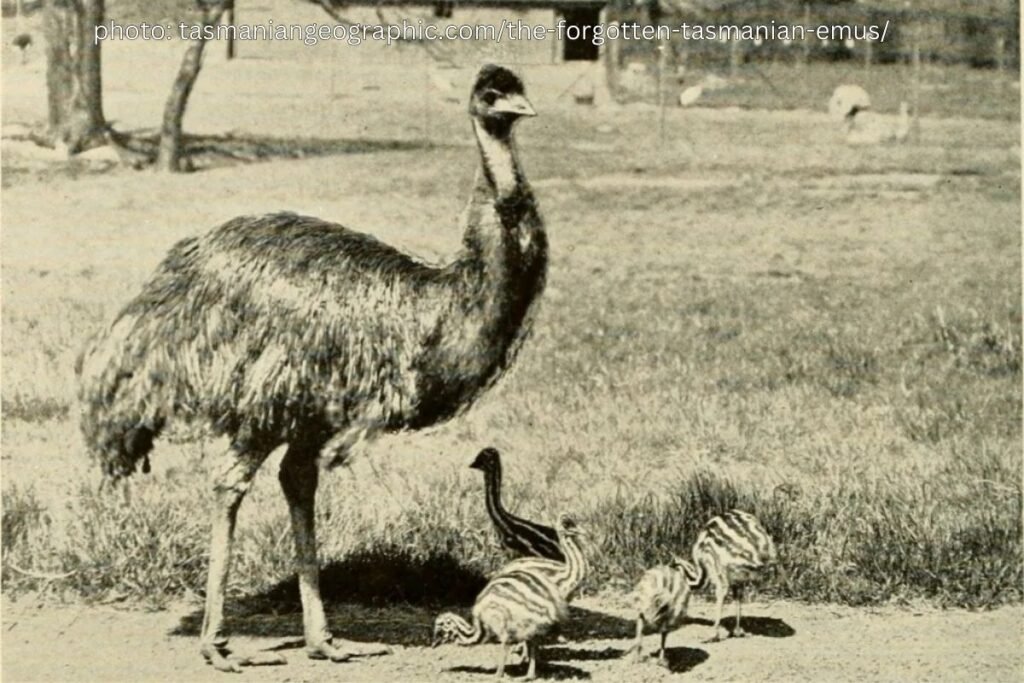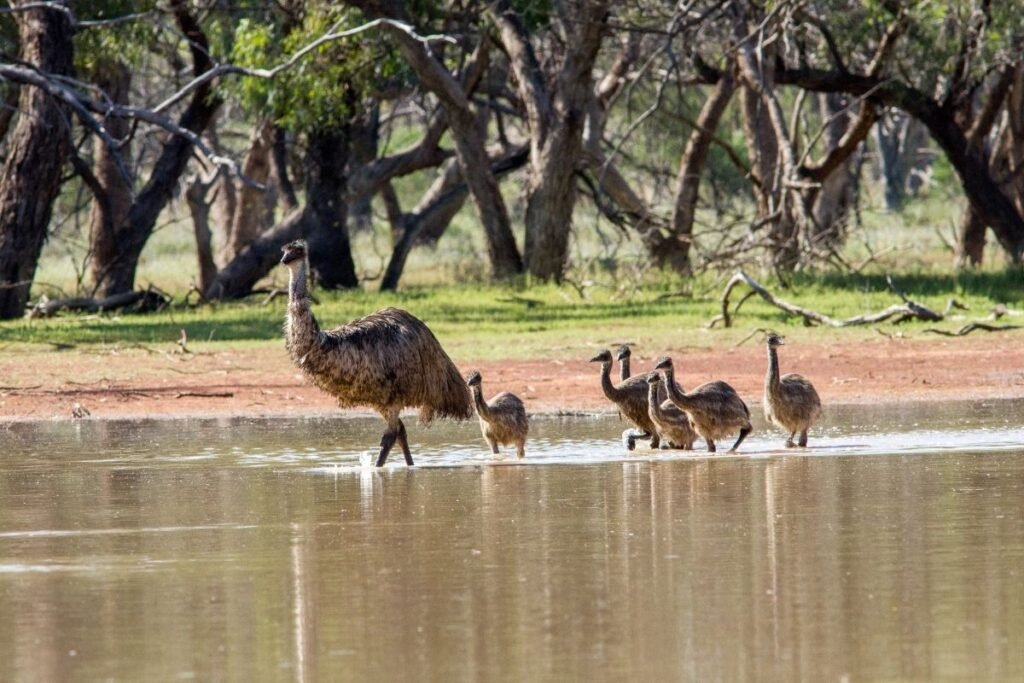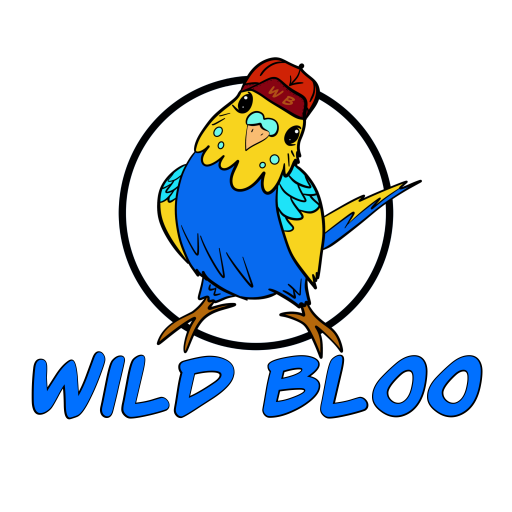The emu (Dromaius novaehollandiae) is one of Australia’s most distinctive creatures, representing the country’s rich biodiversity and cultural heritage.
As the second-largest bird in the world, emus captivate with their size, adaptability, and intriguing behaviors. This guide delves into their unique characteristics, role in ecosystems, and cultural importance, offering insights into their conservation.
How Emus Differ from Ostriches
Though both emus and ostriches are large, flightless birds, they are distinct species adapted to different continents and environments:
- Size and Appearance: Emus stand between 1.6 and 1.9 meters tall (5.2 to 6.2 feet) and feature soft, brown feathers. Ostriches, native to Africa, can reach up to 2.7 meters (9 feet) and have contrasting black-and-white plumage.
- Toe Count: Emus possess three toes, optimizing them for quick movements, while ostriches have two, one of which supports their exceptional running speeds.
- Distribution: Emus inhabit diverse Australian landscapes, while ostriches thrive in Africa’s savannas and deserts.
These differences underscore their unique adaptations and ecological roles.
Current Status of Emus
Do Emus Still Exist?
Yes, emus continue to thrive across Australia’s forests, grasslands, and savannas. Classified as a species of least concern by the IUCN, emus maintain a stable population. However, localized populations, such as those in New South Wales, face threats from habitat loss.
Why Did the Tasmanian Emu Go Extinct?
While emus as a species are thriving, the Tasmanian emu (Dromaius novaehollandiae diemenensis) became extinct in the mid-19th century due to:
- Habitat destruction following European settlement.
- Overhunting for meat, oil, and feathers.
- Predation from introduced species.
This extinction highlights the impact of human activities on biodiversity.
Read more: The Fascinating Kiwi Bird

Human Interactions with Emus
Are Emus Friendly to Humans?
Emus are naturally curious and can appear friendly, especially in areas where they encounter humans frequently. However, they are wild animals and may act defensively if provoked, particularly during breeding season. Observing from a respectful distance is crucial.
Are Emus Dangerous?
While not inherently aggressive, emus can defend themselves with powerful kicks and sharp claws if threatened. Avoiding sudden movements or perceived threats ensures safety.
Cultural Significance of the Emu
Emus hold profound significance in Australian Aboriginal culture, symbolizing creation, wisdom, and connection to the natural world.
- Dreamtime Stories: Emus feature in creation myths, embodying forces of life and transformation.
- Astronomy: The “Emu in the Sky,” a dark constellation in the Milky Way, served as a seasonal guide for Indigenous Australians.
- Totemic Roles: For some clans, emus are sacred totems, representing ancestral ties and responsibilities.
These narratives highlight the emu’s enduring presence in Australia’s cultural landscape.
Fascinating Facts About Emus
Emu Eggs
- Size and Weight: Each egg weighs 450–650 grams (1 to 1.4 pounds) and features a dark green or black hue for camouflage.
- Clutch Size: Male emus incubate 5–15 eggs, demonstrating remarkable parental dedication.
Communication and Vocalizations
Emus communicate using an inflatable throat pouch to produce:
- Booming Calls: Low-frequency sounds used by females during mating season.
- Grunts: Shorter sounds for social interaction and communication.
Height and Speed
Standing up to 1.9 meters tall and weighing 30–45 kilograms (66–99 pounds), emus can sprint at speeds of 50 km/h (31 mph), using their powerful legs for escape.
Read more: The Mysteries of Bird Plumage

Buy now: Rock Creek Coffee Blend – Medium Roast with Artistic Bird Design
Emus in Australia: Habitat and Adaptations
Emus are widely distributed across mainland Australia, thriving in varied ecosystems:
- Woodlands: Rich in vegetation and food sources.
- Grasslands: Ideal for foraging and movement.
- Savannas: Providing a mix of plant and insect-based diets.
Nomadic by nature, emus travel vast distances in search of food and water, showcasing their adaptability to Australia’s arid conditions.
Conservation Challenges
Despite their stable population, emus face ongoing challenges:
- Habitat Loss: Urban development and agriculture reduce available ecosystems.
- Climate Change: Shifting rainfall patterns threaten water and food sources.
- Human-Wildlife Conflict: Emus are occasionally viewed as pests in agricultural areas.
Supporting conservation initiatives, such as habitat restoration and sustainable land management, is essential for preserving emu populations.
Conclusion
The emu stands as a testament to Australia’s unique wildlife and cultural heritage. By understanding its ecological and cultural significance, we can appreciate the need to protect this remarkable bird for future generations. Whether observing emus in the wild or learning from Indigenous knowledge, their story offers valuable lessons in coexistence and conservation.

